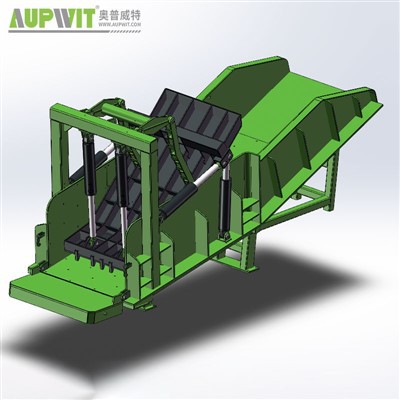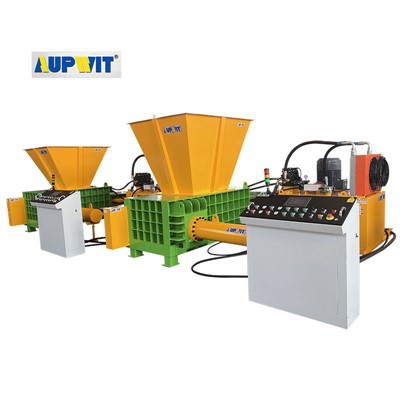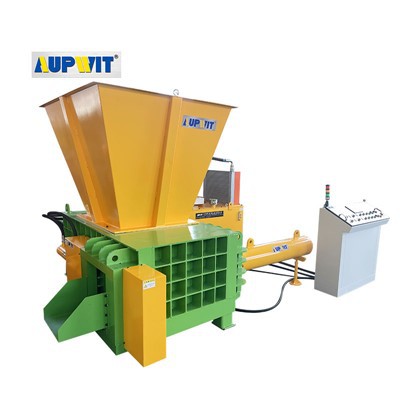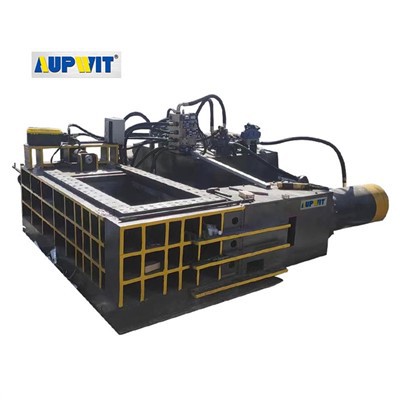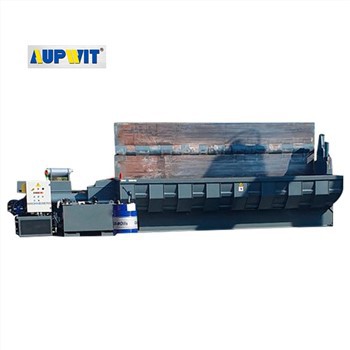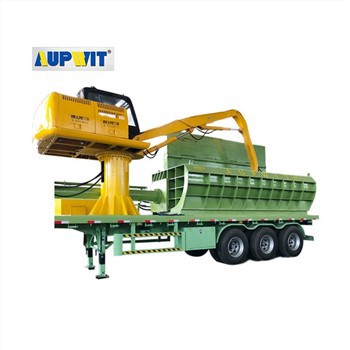Maintenance Strategies for Maximizing Horizontal Baler Lifespan
1. Routine Maintenance Procedures
Daily Checks:
- Inspect hydraulic hoses for leaks (operating pressure: 2000-2500 psi)
- Verify oil levels in hydraulic reservoir (ISO VG 46 recommended)
- Clean debris from compression chamber with air blower
- Check wire/strap tensioning systems for proper alignment
Weekly Tasks:
- Lubricate all pivot points with high-temperature grease (NLGI #2)
- Test safety interlocks and emergency stop functions
- Measure cylinder rod extensions for even compression
- Examine wear plates (replace if thickness < 3mm)
2. Critical Component Care
Hydraulic System:
- Change filters every 500 operating hours
- Monitor fluid temperature (optimal range: 120°F-150°F)
- Conduct oil analysis quarterly to detect contamination
Electrical System:
- Clean contactors monthly with electrical cleaner
- Tighten terminal connections to 10-12 N·m torque
- Inspect cable insulation for abrasions
Structural Components:
- Check frame welds biannually using dye penetrant testing
- Monitor guide rail wear (maximum allowable play: 1.5mm)
- Replace shear blades after 25,000 cycles or when edge radius exceeds 0.5mm
3. Operational Best Practices
- Always maintain 85-90% chamber fill ratio
- Avoid continuous operation >4 hours without cooling pause
- Implement proper material sequencing (dense materials first)
- Never exceed rated bale density (typically 700-900 kg/m³)
4. Long-Term Preservation
- Apply corrosion inhibitor during seasonal shutdowns
- Store cylinders fully retracted with protective caps
- Maintain 50% charge in batteries during storage
- Cover electrical panels with vapor barrier bags
5. Diagnostic Indicators
Early Wear Signs:
- 10-15% increase in cycle time
- Irregular hydraulic noise (cavitation)
- Asymmetric bale shapes
- Oil discoloration (darkening > ASTM D1500 No.3)
Note: Always consult OEM manual for model-specific tolerances and service intervals.


